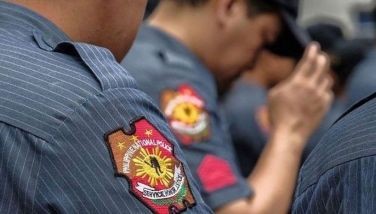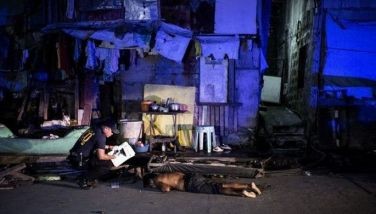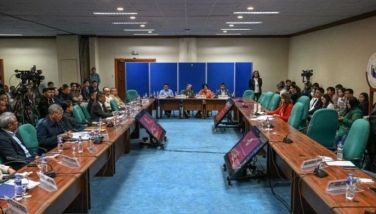Disaster education researchers visit Tacloban
TACLOBAN CITY , Philippines – Twenty-five professionals from eight Asian countries visited this city earlier this week as part of a program for disaster education initiated by the Japan Foundation Asia Center.
The researchers, which included five from the Philippines, took part in one of the four study trips that comprise the Hopes and Dreams (HANDs) project, an initiative that seeks to promote and exchange of ideas on disaster mitigation.
“Disasters are a common issue among Asian countries like the Philippines and Japan,” said Tetsuya Koide, assistant director of the Manila office of the Japan Foundation.
“People from eight countries are collaborating and sharing their experiences and knowledge about disaster issues,” he said.
Apart from the Philippines, the participants – aged 18 to 35 – were from Japan, Myanmar, Nepal, India, Thailand, Malaysia and Indonesia.
Hirokazu Nagata, program adviser of the HANDs project, flew from Japan to join the participants in the four-day activity.
“Because Japan has the most advance technology and experience, we wanted to share our knowlege in mitigating the effects of disasters,” Nagata told The STAR.
Prior to the Philippines, the participants went to Indonesia for a series of workshops and site visits in areas devastated by the 2004 Indian Ocean earthquake and tsunami.
Next year, they will attend study tours in Thailand and Japan.
During the trip to Tacloban City yesterday, the participants visited some areas devastated by Super Typhoon Yolanda.
They also took part in an activity initiated by previous HANDs participants, who received a grant to develop a module for community-based disaster preparedness program.
According to Nagata, the participants who took part in the study tours will have the opportunity to propose projects that aim to educate people on disaster management.
Sarah Salazar, one of the Filipino participants, said the activities enable them to use creativity as a means to make disaster education engaging and culturally specific.
“Disaster education is existent, the knowledge is there. But the awareness is not,” Salazar, a teacher at the Philippine High School for the Arts, said.
- Latest
- Trending

































